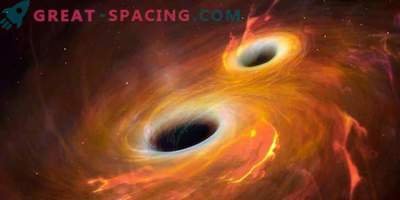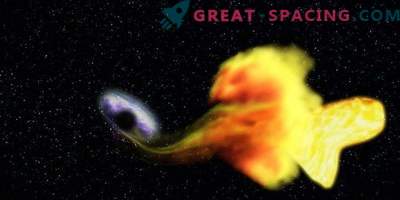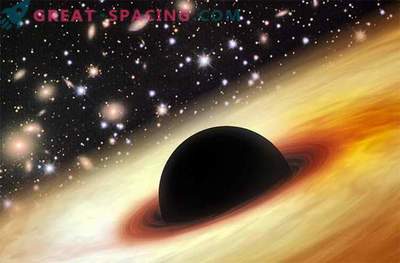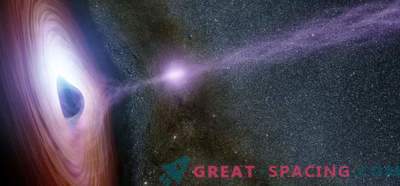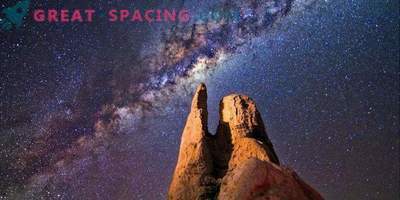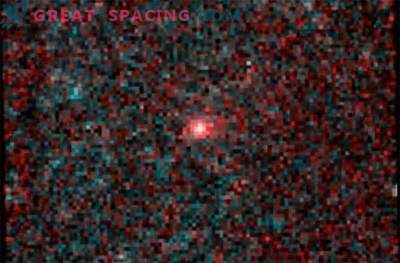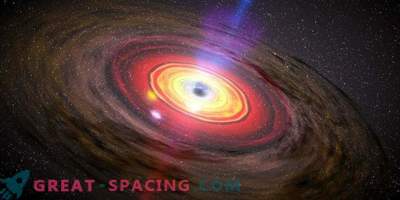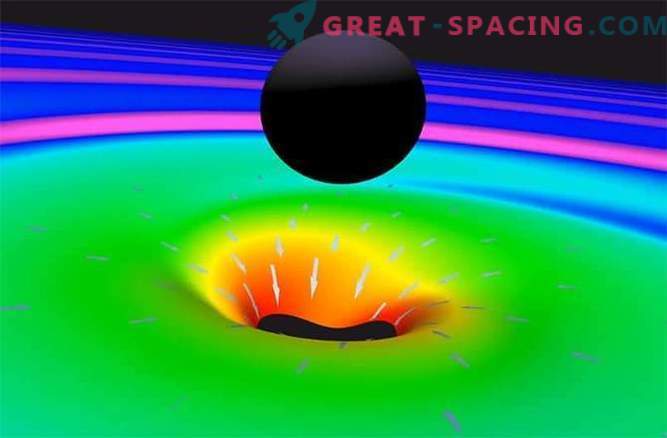
In the wake of the historic announcement about the discovery of gravitational waves by a laser interferometer at the gravitational-wave observatory (LIGO) made last week, British black-hole physicist and theorist congratulated the US-led cooperation and shared their excitement about the importance of this historical moment.
“These results confirm several very important predictions of Einstein’s general theory of relativity,” Hawking told the BBC. “This directly confirms the existence of gravitational waves.”
As it becomes clear, the direct detection of these pulsations in space-time confirms Einstein's well-known general theory of relativity. But they also open our eyes to a previously unknown “dark” Universe. Astronomy uses the electromagnetic spectrum (for example, visible light, x-rays, infrared) to study the universe. But objects that do not emit in the electromagnetic spectrum go unnoticed. Now we know how to detect gravitational waves and there can be no paradigm shift in how we define and study some of the most energetic cosmic phenomena.
Animation of two black holes merging:
“Gravitational waves provide a completely new way to explore the universe,” said Hawking. “The ability to detect them has great potential for a revolution in astronomy.”
With the help of two observation stations of LIGO, located in Louisiana and Washington, physicists not only found gravitational waves. Through these gravitational waves, they found a clearer signal that very closely matches the theoretical model of the fusion of black holes that occurred about 1.3 billion light-years ago from Earth. Already from a preliminary analysis of the resulting black-hole signal, Hawking realized that the system seems similar to the theory he developed in the 1970s.
“This discovery is the first discovery of the dual system of a black hole and the first observation of the merging of black holes,” he said. “The observed properties of this system are in line with the predictions about black holes I made here in Cambridge in 1970.”
Hawking, perhaps best known for his work on the merging of quantum theory with black hole physics, understands that black holes evaporate over time. This draws him into engaging in the fascinating “Firewall Paradox,” which continues to rumble throughout the community of theoretical physicists. But here he turns to his black hole area theorem, which formed the basis of the “second law” of black hole mechanics. This law states that the entropy, or level of information disorganization, cannot decrease over time in the black hole system. The consequence of this theorem is that it served as the confluence of two black holes on September 14, namely, the combined area of the final object “is larger than the sum of the areas of the initial black holes”. In addition, Hawking notes that this gravitational wave corresponds to the prediction based on the “hairlessness theorem” of black holes. This means that a black hole can be described by mass, electric charge and angular momentum. Details on how this signal of the first gravitational wave from a black hole agrees with theory and are complex. But it is interesting that the first discovery has already allowed physicists to confirm a multi-year theory, which until now has been merely observations not based on fact.
“This discovery also presents a mystery to astrophysicists,” said Hawking. - “The mass of each of the black holes is greater than expected for those objects that are formed due to the gravitational collapse of the star. So how did both of these black holes turn out to be so massive? ”.
This question touches on one of the biggest mysteries surrounding the evolution of a black hole. Currently, astronomers are struggling to understand how black holes can grow and become so massive. At one end of the scale, there is a “black hole” stellar mass, which forms as soon as a massive star becomes supernova, and we also have plenty of evidence for the existence of supermassive giants who live in the centers of most galaxies. However, there is a discrepancy.
Hawking's original interview:
If black holes grow by merging and consume stellar matter, then this should be proof of the presence of black holes of all sizes. But the “intermediate mass” of a black hole and black holes several tens of solar masses in size rarely amaze us, and they put the theory of the evolution of black holes into question. On September 14, we caught the signal of the confluence of two black holes, 29 and 36 solar masses in size. But, as Hawking pointed out, how these holes could merge into one gives us hints for examining the process of the growth of black holes.
One thing is clear: this is the first time that we have acquired direct evidence of the merging of black holes, and this is the key mechanism underlying the evolution of the theory of black holes. So, we are on the right track.


